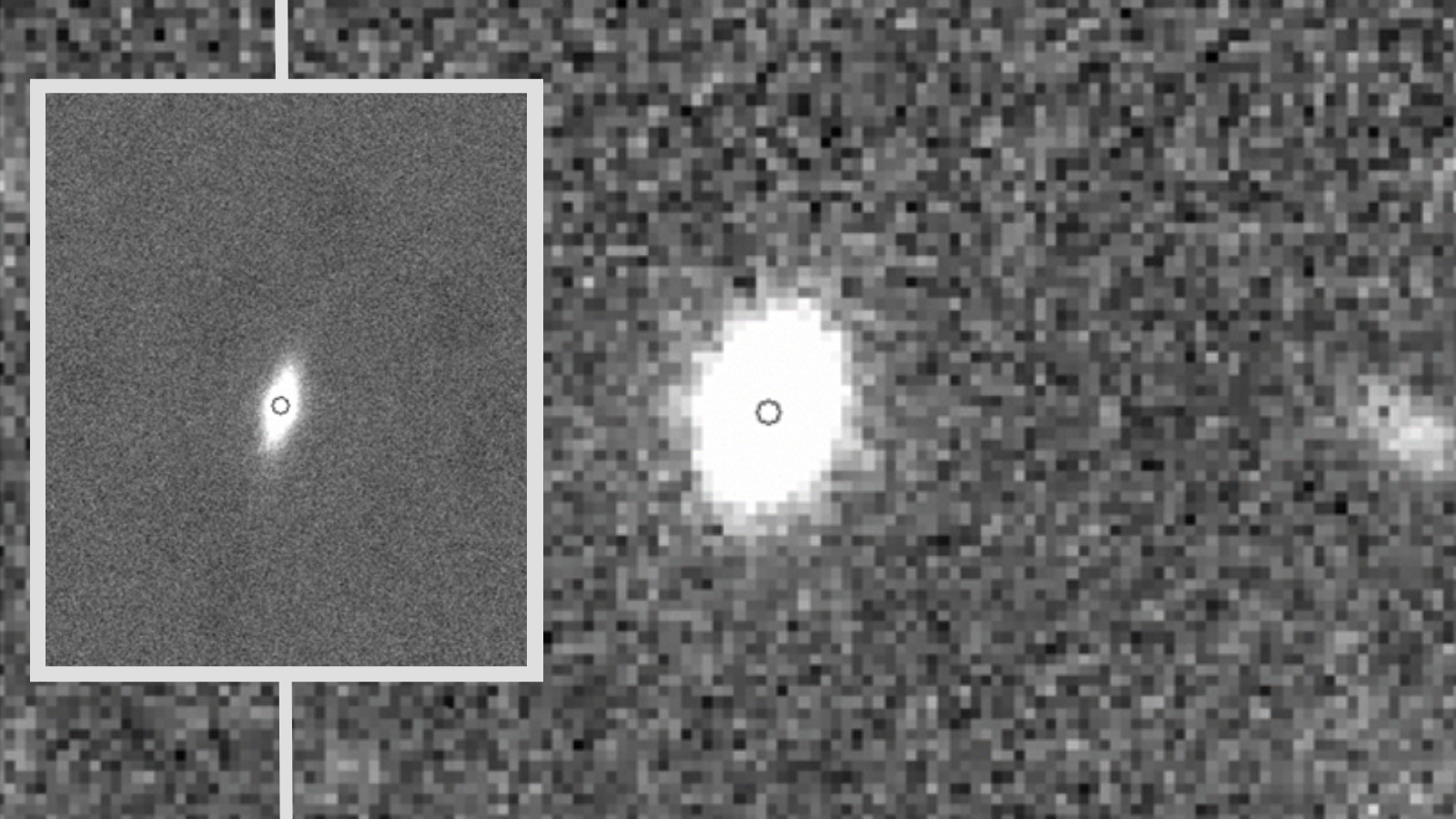March full moon 2025: The Worm Moon wriggles into a total lunar eclipse
Unlike a partial or total lunar eclipse, the moon won't darken or turn red; during a penumbral eclipse the moon only looks a little darker than normal.
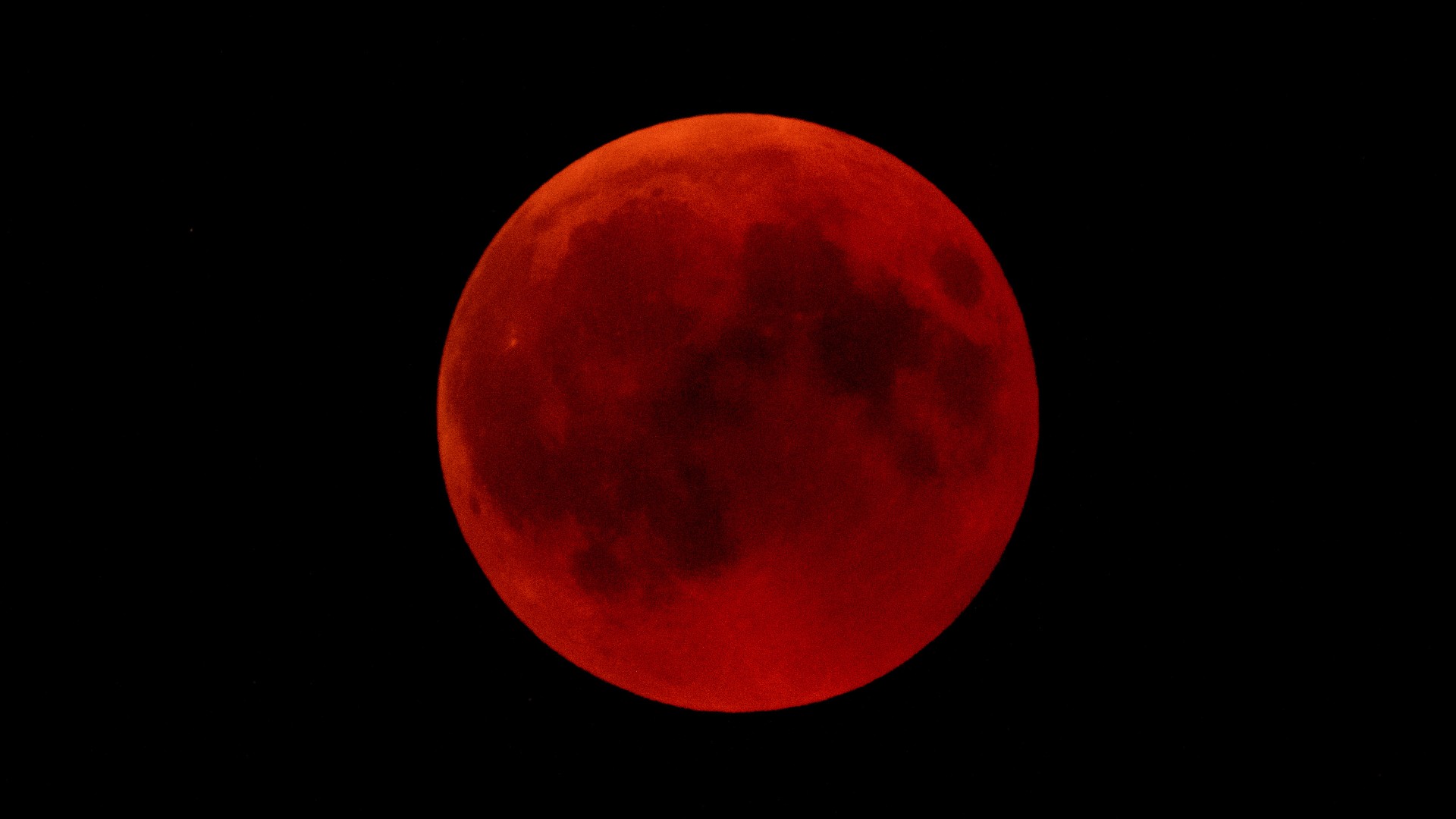
The full moon of March, called the Worm Moon, will include a total lunar eclipse and a day later, an occultation of Spica by the moon.
The moment of full moon will occur in the eastern U.S. at 2:55 a.m. EDT on March 14, (0655 UTC) according to the U.S. Naval Observatory. In New York City on March 13 the moon rises at 6:36 p.m. local time, and the eclipse starts at 11:55 p.m. Eastern Daylight Time., per the USNO. (USNO eclipse data does not account for the hour change in clocks on March 9). The moon will rise before sunset, which is at 7:01 p.m. Eastern. Full moons occur when the moon is on the opposite side of Earth from the sun. Because we designate the time of actual full moon as being when the moon is 180 degrees around the celestial sphere from where the sun is, the timing of the full moon depends on one's time zone.
A lunar eclipse happens when the moon passes through the shadow of Earth. As such, lunar eclipses can only happen around the time of the full moon, because that is when the moon is on the opposite side of Earth from the sun. Usually the moon "misses" Earth's shadow because the moon's orbit and the plane of Earth's orbit aren't perfectly aligned. The shadow of Earth is so large relative to the moon that lunar eclipses are visible from anywhere on the side of Earth that faces the moon as it nears full phase; the moon can pass entirely within Earth's shadow. Earth's shadow has two parts; one is the penumbra and the other is the umbra.
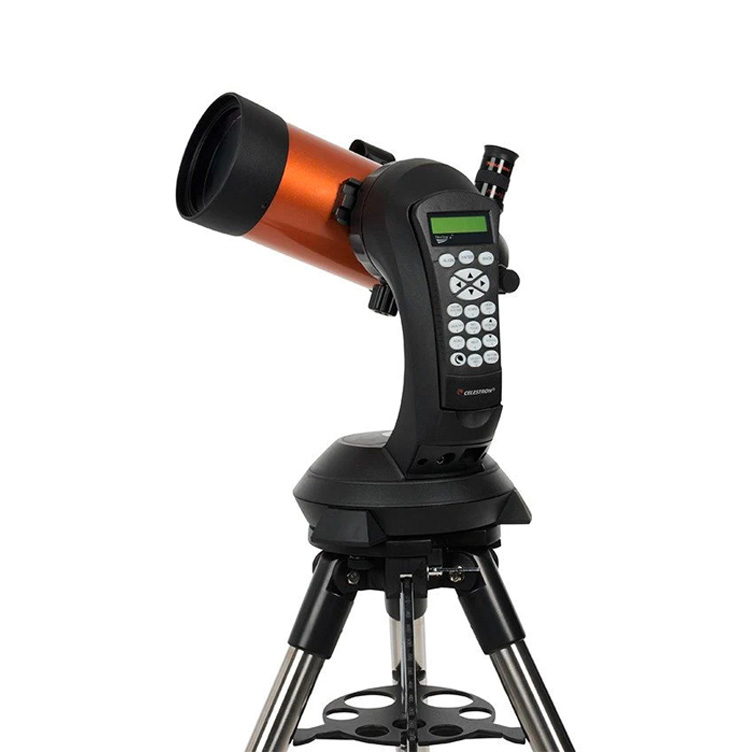
Looking for a telescope to see the features of the full moon up close? The Celestron NexStar 4SE is ideal for beginners wanting quality, reliable and quick views of celestial objects. For a more in-depth look at our Celestron NexStar 4SE review.
Eclipses have three phases; the penumbral eclipse, partial eclipse, and totality. The penumbral phase is when the moon enters the outer part of the Earth's shadow; if one were standing on the moon one would see the Earth partially covering the sun. From the point of view of Earth, the moon appears to get a little darker, sometimes looking more brown than the usual whitish gray, though that depends somewhat on one's individual color perception.
The partial phase is when the moon touches the darker part of the Earth's shadow called the umbra. This is the point where, if one were standing on the moon, the Earth would block the sun completely. On Earth, we see the moon get dark; this is where one sees the shadow look like it takes a "bite" out of the moon's disc.
At totality, the moon turns red as it is plunged entirely into the Earth's shadow. The red color comes from light being refracted towards the moon, with red wavelengths able to penetrate Earth's atmosphere farther than blue. (In fact, the red color of the moon is evidence that the Earth has an atmosphere.) This stage is often referred to as a "blood moon" because of the color. From the lunar surface one would see the Earth blocking the sun, surrounded by a bright ring of red light.
From New York, after the penumbral phase starts, the moon touches the umbra and starts the partial phase at 1:09 a.m. March 14. Totality begins at 2:25 a.m., and ends at 3:31 a.m. The maximum eclipse is at 2:58 a.m. The partial phase ends at 4:48 a.m. and the penumbral phase ends at 6:01 a.m. Moonset is at 7:18 a.m. March 14. At mid-eclipse the moon will be about 43 degrees high in the southwest.
This eclipse will be visible primarily in the Americas, though at least some part of the total phase can be seen from as far west as New Zealand, Eastern Russia, and as far east as the United Kingdom, Spain, Mali and Ivory Coast. Outside of that area one will see a partial eclipse.
For observers at the western limit of the area of visibility, the total lunar eclipse of March 2025 starts near moonrise. In Christchurch, New Zealand, where moonrise is at 7:49 p.m. local time on March 14, the eclipse is already underway; maximum eclipse is at 7:58 p.m. and the total phase ends at 8:31 p.m. The partial phase ends at 9:47 p.m. and the penumbral phase at 11:00 p.m.
In Honolulu, Hawai'i, the penumbral phase starts at 5:57 p.m. local time but moonrise isn't until 6:21 p.m. At that point the moon will look a bit darker than normal before the partial phase starts at 7:09 p.m. when the moon is some 10 degrees above the eastern horizon. The total eclipse starts at 8:26 p.m. and ends at 9:31 p.m.
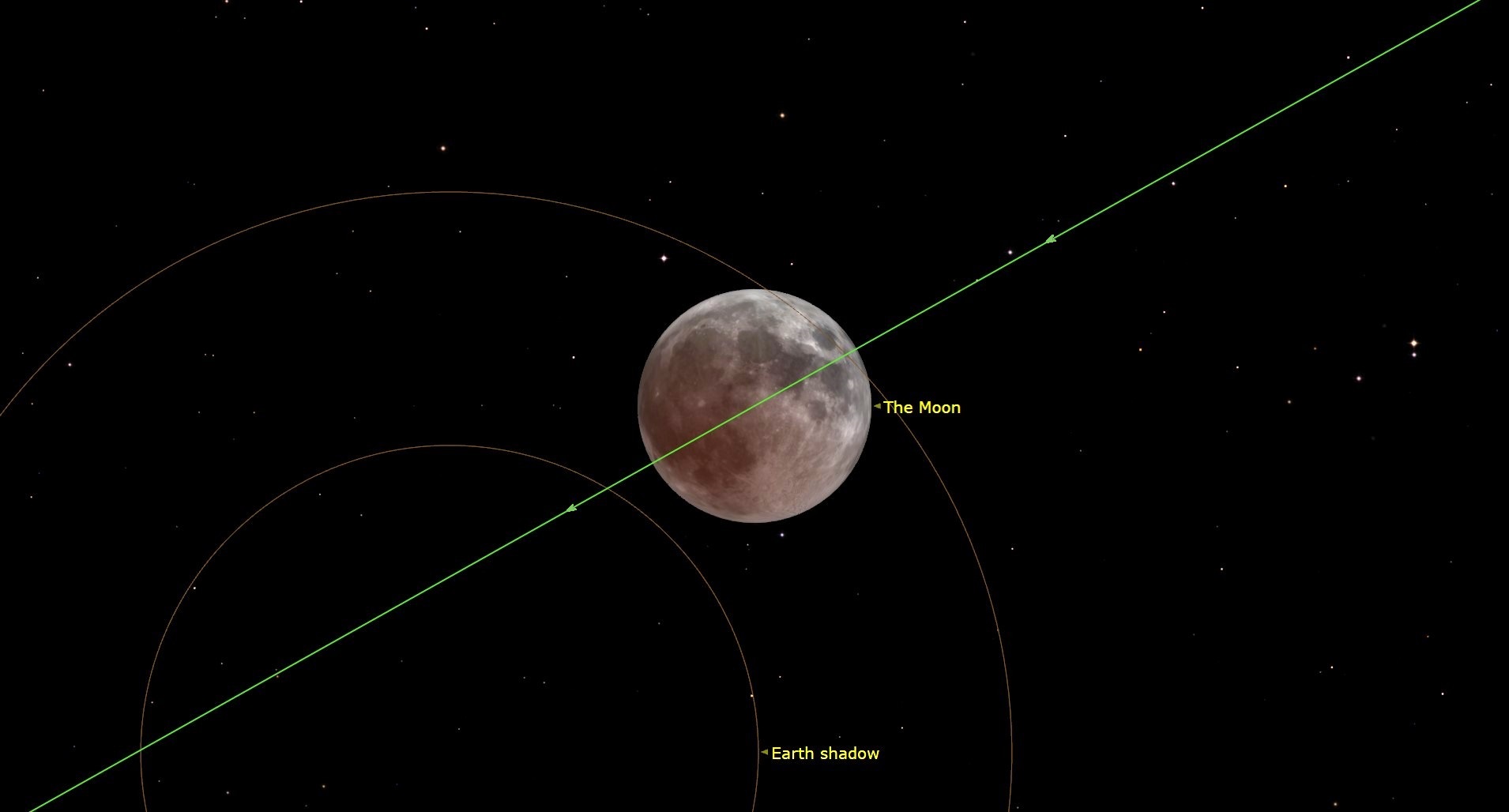
As one moves east it's possible to see the entire eclipse. In San Francisco, moonrise is at 7:00 p.m. on March 13 and the penumbral phase starts at 8:56 p.m. Partial phase is at 9:09 p.m. and total phase starts at 10:26 p.m. The moon comes out of totality at 11:32 p.m. and the partial eclipse ends at 12:48 a.m. March 14. Penumbral phase ends at 2:02 a.m.
In South America, the entire eclipse will be visible to most countries; the only areas that will miss the end of the penumbral phase are the eastern half of Suriname, French Guyana, the eastern states of Brazil and Uruguay. In Montevideo, the penumbral phase begins at 12:57 a.m., March 14, partial phase starts at 2:09 a.m., and the total eclipse at 3:26 a.m. Totality ends at 4:31 a.m. and the partial eclipse ends at 5:47 a.m. Moonset is at 6:53 a.m. just seven minutes before the penumbral phase ends. In Natal, Brazil, at the far eastern tip of the continent, the eclipse times are the same (this is a function of time zone) but the moon sets at 5:31 a.m. local time, before the end of the partial phase at 5:47 a.m.
As one gets to Europe and western Africa, the eclipse starts late enough that it sets before totality ends. In London, penumbral phase begins at 3:57 a.m. and the partial eclipse there starts at 5:09 a.m. The moon sets at 6:19 a.m., seven minutes before the total phase begins, though the moon will appear dark and red already. Similarly in Lisbon, where the eclipse also starts at 3:57 a.m. local time, with the partial eclipse commencing at 5:09 a.m. and the total phase starting at 6:26 a.m. The moon sets at 6:54 a.m., just after it reaches maximum at 6:51 a.m.
If you're looking for a telescope or binoculars to observe the moon during a lunar eclipse or any other night, our guides for the best binoculars deals and the best telescope deals now can help. Our guides on the best cameras for astrophotography and best lenses for astrophotography can also help you prepare to capture the next skywatching sight. And don't miss our tips for how to photograph the moon!
Occultation of Spica
Besides the lunar eclipse, observers will be able to see just-past-full moon occult the star Spica, the alpha star in Virgo, the Virgin, on March 16. The occultation will be visible from eastern Africa, the Indian Ocean and a small part of southern Australia; while the moon is above the horizon in New Zealand the occultation is during the daytime there. Observers in Nairobi will see the moon rise at 8:15 p.m. and the occultation start at 8:34 p.m. local time, as the waning moon rises.
Spica will appear to disappear behind the lower right side of the moon, and reappear on the upper left side at 9:35 p.m. Meanwhile in Australia, in the city of Bunbury, just south of Perth, the occultation will start March 17 at 4:32 a.m. local time with the moon in the northwest about 49 degrees above the horizon; Spica will appear to pass behind the eastern (upper right) side of the moon; almost as though it is moving downward, and reappear at 5:09 a.m. from the lower right.
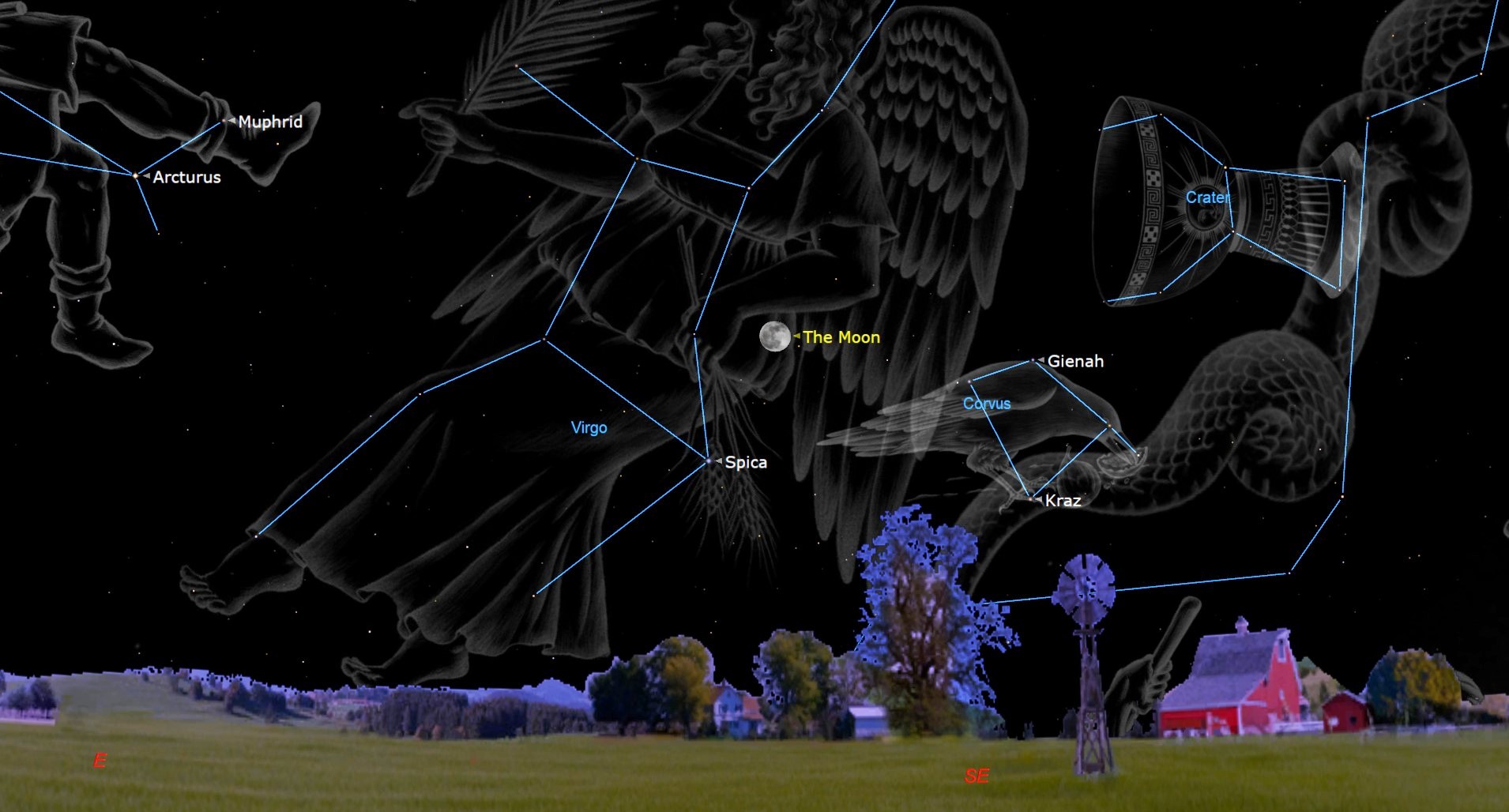
Visible Planets
Aside from the lunar eclipse, there will be several planets in the sky with the moon. At sunset in New York City (and locations of similar latitude), Venus is 15 degrees high in the west; the planet just starts to become visible about 30 minutes later, though the glow of the sky will make it hard to see as it will only be 9 degrees high. Mercury will be to the left of Venus though very difficult to see if it is visible at all; both planets are headed towards their inferior solar conjunctions later in March when they will be lost against the solar glare before re-emerging in the predawn sky.
By 7:30 p.m. in New York, Jupiter will be high in the southwest (about 65 degrees) nearly two thirds of the way to the zenith. As the sky darkens one will see the surrounding stars of Taurus, the Bull, with Aldebaran below the planet; Aldebaran is notable for its orange color, which contrasts with Jupiter's more yellow-white hue.
Turning left from Jupiter (eastward) one will see Mars, which will be similarly high in the south-southeast at a slightly higher altitude from Jupiter (about 71 degrees). Just above and to the left of Mars are Castor and Pollux, the twins of Gemini, which like Aldebaran and Jupiter are contrasting colors, except that this time it is Mars that is more distinctly reddish.
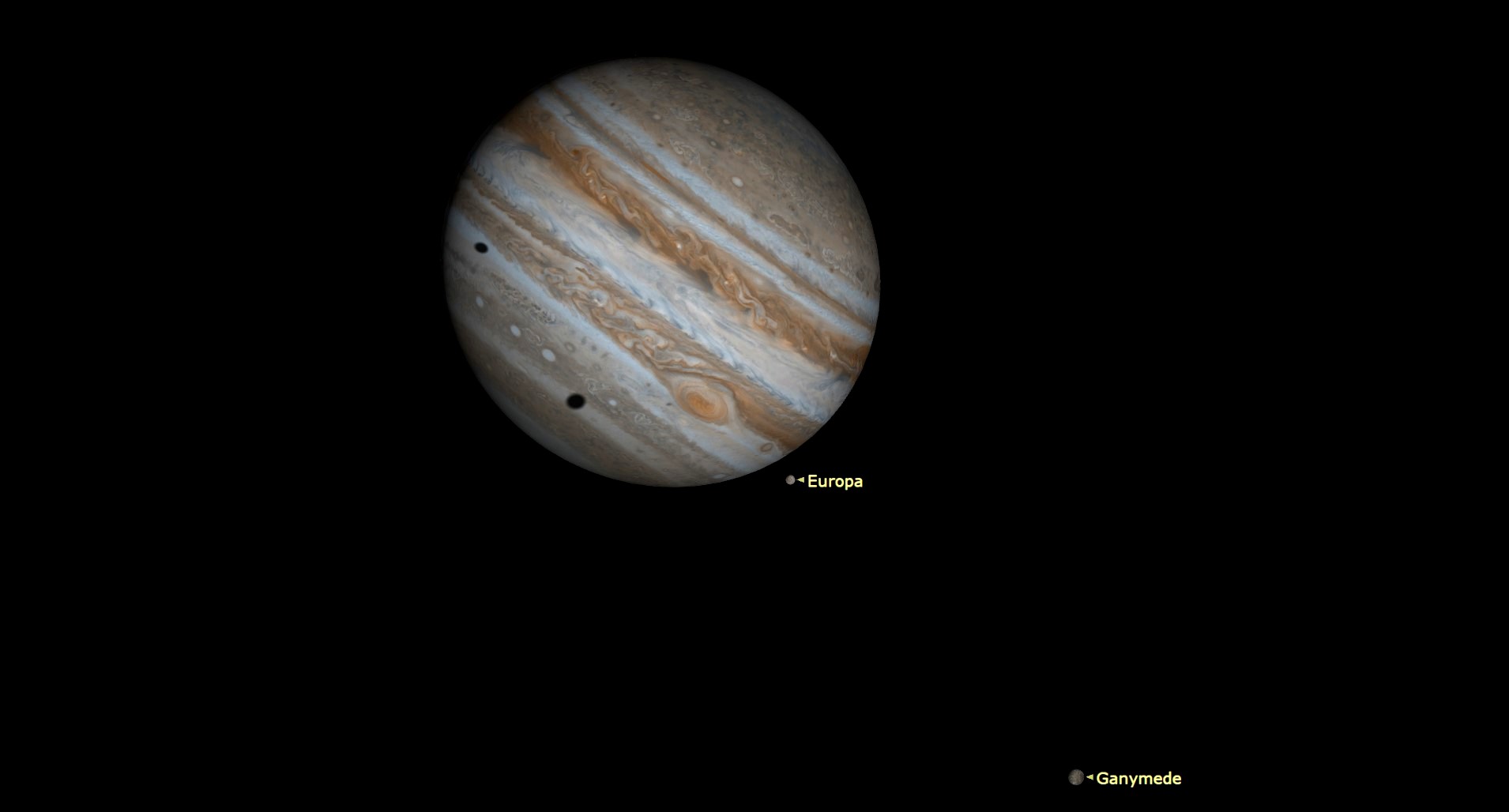
Saturn will be invisible, lost against the sun until it moves into the morning skies in April.
In the Southern Hemisphere mid-latitudes the planets will be lower in the sky than in the Northern Hemisphere. In Cape Town, for example, on the evening of March 14 Venus will appear almost level with the Sun towards sunset; sunset is at 7:05 p.m. and Venus and Mercury set at 7:04 p.m. and 7:31 p.m., respectively; they will be effectively invisible. By about 8 p.m. when the sky gets dark, Jupiter will be 34 degrees above the northwestern horizon; as in the Northern Hemisphere one can spot it near Aldebaran but their positions are reversed; Aldebaran is to the left and above Jupiter rather than below. Jupiter sets in Cape Town at 11:04 p.m.
Mars will appear just east of North about 30 degrees high, setting at 1:29 a.m. local time on March 15. Pollux will be below and to the right of the planet, and Castor will be below that.
Constellations
By mid-March the bright winter constellations are near their highest in the sky or towards the western side of the meridian after sunset. Orion, Taurus, Gemini, and Canis Major are all high in the south sky by about 8 p.m. in mid-northern latitudes, with Orion just on the western (right) side, with Orion's Belt of three stars in a line an easy marker to see.
Surrounding Orion's Belt are the four stars of his shoulders and his feet. To the left and above the Belt is Betelgeuse, recognizable by its reddish color. On the right side is Orion's left shoulder, the star Bellatrix, which is the feminine form of the Latin word for warrior. Orion's left foot (on the right side from the observer's point of view) is Rigel, a bluish white star that is the brightest in Orion. Orion's right foot (on the observer's left) is Kappa Orionis, or Saiph, from the Arabic word for a type of sword.
Taurus the Bull is to the right and above Orion; one can find it using Aldebaran, almost directly to the right of Betelgeuse about the same distance as Rigel is below it. Gemini, the Twins, is above Orion, the two bright stars Castor and Pollux marking the twins' heads. On the left side of Orion is Canis Major, the Big Dog, home to Sirius, the brightest star in the sky. All four constellations are bright enough that they don't get overwhelmed by the full moon, even in urban areas.
Looking east one will see Leo the Lion above the moon, with its two brightest stars Denebola and Regulus. Denebola will be to the left of the moon and above it, while Regulus is more directly above the moon. You know you've spotted Regulus when you see the "sickle" – a backwards question-mark shaped grouping just above and to the left of Regulus.
If one looks north and finds the Big Dipper, which will be on the eastern side of the sky and facing upwards (so that the bowl appears to be on top with the handle pointing towards the horizon) one can use the "pointers" in the bowl of the dipper to Polaris, the Pole Star, and keep turning left to the western side of Polaris, to the distinctive "W" shape of Cassiopeia, the legendary queen and wife of Cepheus. If one follows the pointers in the other direction, one reaches Leo the Lion.
For those in the Southern Hemisphere mid-latitudes, the stars are reversed; by about 9 p.m. Leo, for example, is to the left of the moon and appears to be slightly closer to the northeastern horizon. Turning southeast, one will see Hadar and then Rigil Kentaurus, also known as Alpha Centauri. Hadar is the higher of the two; from Cape Town it will appear about 26 degrees high. Drawing a line between Hadar and Alpha Centauri upwards leads one to the Southern Cross, which will appear on its side with the top facing eastwards (to the left).
Turning a bit to the right (towards the south) one will see Canopus, or Alpha Carinae, the brightest star in Carina, the Ship's Keel, and one of the brightest stars in the southern sky. Canopus will be high – about 66 degrees up – and at that point will be almost due south. Turning to the southwest, almost directly opposite the Southern Cross, one will see Achernar, the star that is the end of Eridanus, the River. A line between Achernar and the Southern Cross passes close to the Southern Celestial Pole, but there is no star to show where it is as there is in the Northern Hemisphere; the pole is about halfway between the two.
Looking northwest, an "upside down" Orion appears, with Rigel above Betelgeuse and the stars of Orion's Belt appearing to make an almost vertical line between them. Gemini is on the right side of Orion, almost directly north, with Castor and Pollux about 28 degrees above the horizon. Taurus is below and between Orion and Gemini, nearly setting. Sirius, the closest to the horizon of the bright winter stars in the Northern Hemisphere, is a full 68 degrees high in the western sky.
Moon and eclipse lore
The March full moon is called the Worm Moon in the Old Farmer's Almanac, ostensibly because of the emergence of earthworms. North American Native peoples had other names for it, often differing widely. In other cultures the lunations are calendrical markers. Hebrew, Muslim and Chinese traditional calendars all use the full moon as a halfway point of their lunar months.
Besides the traditional names for the lunation, though, there are a number of myths and legends surrounding lunar eclipses. Lunar eclipses are quite predictable – the ancient Babylonians were among the first to figure out how to predict when eclipses would happen far ahead of time, and that knowledge was never really lost. Even so, they saw lunar eclipses as bad omens– an eclipse (depending on what other astrological phenomena were occurring) might be a great danger to the king.
In China, lunar eclipses were said to be caused by a dragon eating the moon; this is not dissimilar to the ancient Norse belief that the sun and moon were both chased by wolves and occasionally the wolves would catch up to them, resulting in an eclipse.
In the western world, Christian scholars often saw both solar and lunar eclipses as omens, and the "blood moon" even makes an appearance in the book of Revelation as a sign of the apocalypse. Lunar eclipses were also used to correct astronomical almanacs; one example is the Alfonsine Tables, recorded in the 13th century under the reign of Alfonso X of Spain.
In the 15th century German Astronomer Johannes Müller (known as Regiomontanus) used the timing of lunar eclipses and the altitude of visible stars to discover that the tables were off by an hour. Even with their understanding of the periodicity of eclipses and ability to predict them, though, medieval Europeans still saw eclipses as portents; during the First Crusade, the crusaders witnessed a lunar eclipse as they neared Jerusalem and saw it as a sign they would win the coming battles.
Some cultures see lunar eclipses as a time of renewal, or one in which it is possible to communicate with the spirit world. The Diné (Navajo) people, for example, the eclipse is a time when the sun or moon is being reborn, and they use it as a time for prayer and contemplation; when the moon regains brightness after an eclipse it has given birth. The BaKongo people, who live in the Republic of Congo, the Democratic Republic of Congo, Angola and Gabon, see eclipses as a time to seek guidance from ancestral spirits, because during a lunar eclipse the dead can communicate with the living.
Such beliefs aren't limited to the past or faraway peoples. During game four of the 2004 World Series, on October 27, when the Boston Red Sox played the St. Louis Cardinals, a lunar eclipse occurred halfway through the game. The moon turned red, and the Sox won their first championship since 1918. It was the first ever lunar eclipse during a World Series, and some fans called that an omen.
Join our Space Forums to keep talking space on the latest missions, night sky and more! And if you have a news tip, correction or comment, let us know at: community@space.com.
Breaking space news, the latest updates on rocket launches, skywatching events and more!

Jesse Emspak is a freelance journalist who has contributed to several publications, including Space.com, Scientific American, New Scientist, Smithsonian.com and Undark. He focuses on physics and cool technologies but has been known to write about the odder stories of human health and science as it relates to culture. Jesse has a Master of Arts from the University of California, Berkeley School of Journalism, and a Bachelor of Arts from the University of Rochester. Jesse spent years covering finance and cut his teeth at local newspapers, working local politics and police beats. Jesse likes to stay active and holds a fourth degree black belt in Karate, which just means he now knows how much he has to learn and the importance of good teaching.
-
rod ReplyAdmin said:The full moon of March, called the Worm Moon, occurs March 9 at 1:48 p.m. EDT (1748 GMT). It will be the first "supermoon" of 2020.
March Full Moon 2020: Catch the 'Worm Moon' and the first supermoon of the year on Monday : Read more
"Venus meets up with Uranus"
Yes indeed, Venus and Uranus meet up and last night I observed both of them using binoculars in the field of view and my telescope (separately), shortly after 1900 until after 2000 EDT (7:00 PM - 8:00 PM for civilians). That waxing gibbous Moon was 'a bad Moon a-rising' behind me in the east sky while I viewed facing west. I viewed from a horse pasture where there are no lights around and another larger field to my east. That Moon lit up the fields and woods all around me bathing me in moonlight near 2000 EDT. I viewed both planets at 129x and 200x. I could resolve Uranus as a small, bluish-green disk and Venus, much larger and brighter, just about half-moon phase shape with hint of cloud bands. Star charts created using Starry Night as well as Stellarium before observing, planning my session. The Telrad on my telescope made it easy to pin point Uranus, placing the planet right in the eyepiece field of view. I located Uranus at 129x near 1951 EDT and by 2000 EDT, I could see Venus and Uranus using the 10x50 binoculars. Sunset at my location near 1908 EDT last night.
